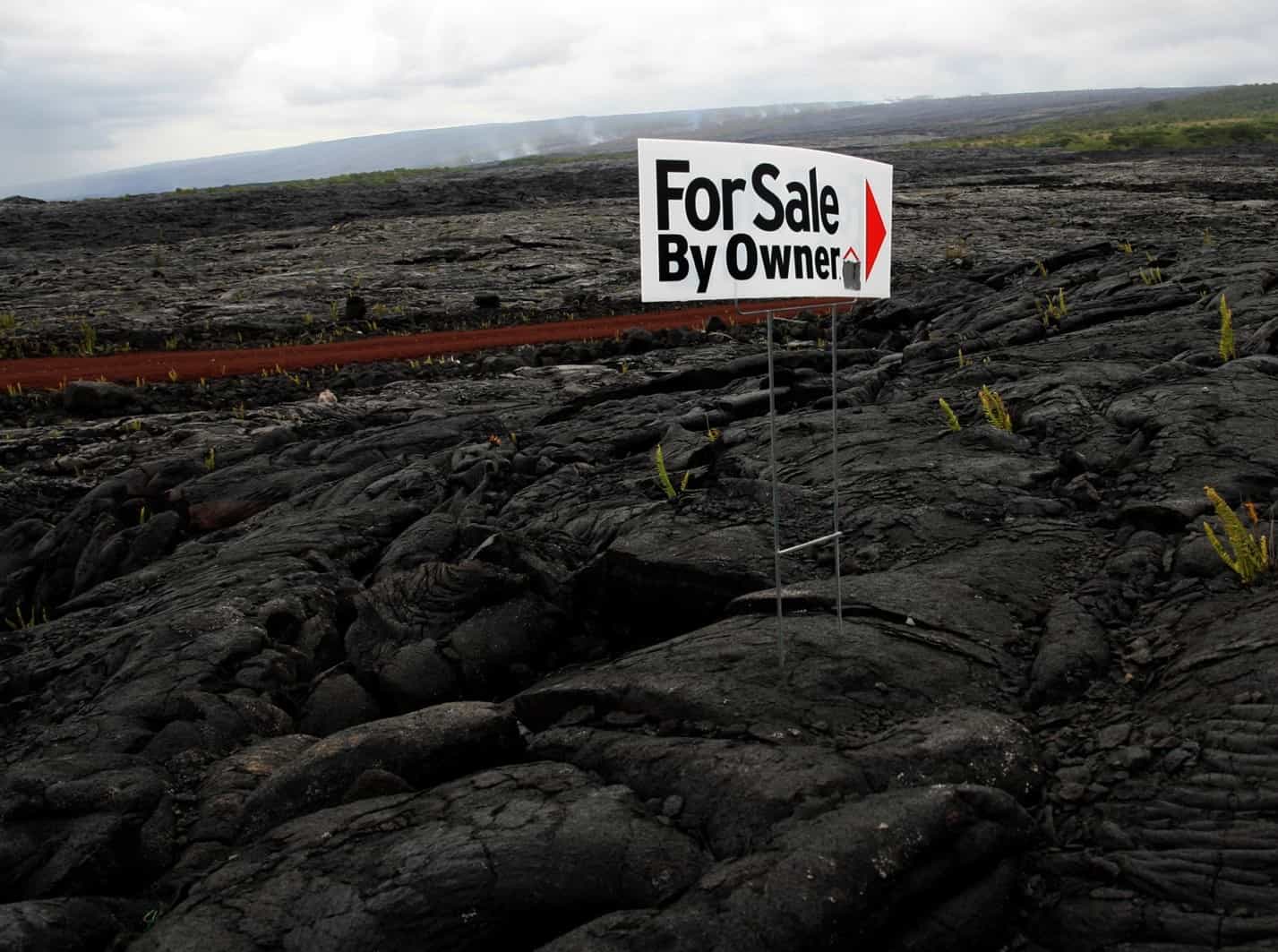It’s not always clear who owns a patent, and determining ownership can be important for a number of reasons:
- A plaintiff in a patent enforcement case must have “standing” to sue an alleged infringer. The Patent Act provides that only the patent owner or any “successors in title” to the patent have such standing. An ordinary patent license will normally not confer standing, though a license that conveys “all substantial rights” can.
- If someone is trying to license a patent, it can be hard to find the current owner, since sales of patents don’t have to be registered.
- It’s important for a hopeful licensee to be dealing with the rightful patent owner (or with a licensee with the power to grant further sub-licenses), or the “licensee” can end up getting sued by the rightful owner.
As we blogged about earlier this year, Erich Spangenberg, formerly of the patent monetization firm IPNav, recently founded IPwe to use the blockchain to keep track of who owns patents globally and to make sales and licensing of patents easier and more transparent.
Large corporations own many of the world’s patents, but patentable inventions can only be created by human beings.
Scientists and engineers working for corporations normally assign their inventions to their employers either in a separate IP assignment (on invention assignment) agreement or in an IP/invention assignment clause in an employment agreement.
A corporation’s failure to obtain the proper IP assignment documentation can doom its claim to own an invention by one of its employees, as we discussed in this blog.
When a patent or patent application is being sold (assigned) to a new owner, the Deed of Assignment must be in writing and should include the following:
- The names and addresses of the patent owners who are transferring ownership
- The date that the transfer is effective
- Information about the patent, including the title, the application number or patent number, and the application date or the date the patent was issued
- A clear statement that all rights are being assigned – including the right to sue for damages for infringement
- The names of the parties obtaining the patent
- Signatures of all parties involved
- The date and location of signing


